Nintendo Hotliner Life 1990–93: Gestire i telefoni durante le guerre tra console
“Video Game Enthusiasts Wanted!” teased the advert in the Portsmouth Evening News. Other than a phone number, this mysterious call to arms offered no further information. But as a gaming obsessed 18-year-old looking for a job after finishing a BTEC in Computer Studies, I was mesmerised by the possibilities – I had to call. A female voice answered and proceeded to quiz my gaming credentials: what games did I like? How many games had I completed? And curiously, did I have experience in telesales or call centres?
A month later, in December 1990, I found myself joining five other rookie ‘Games Counsellors’ on the UK’s first Official Nintendo Hotline, a telephone helpline dedicated to providing live hints, tips and tricks to flummoxed Nintendo gamers.
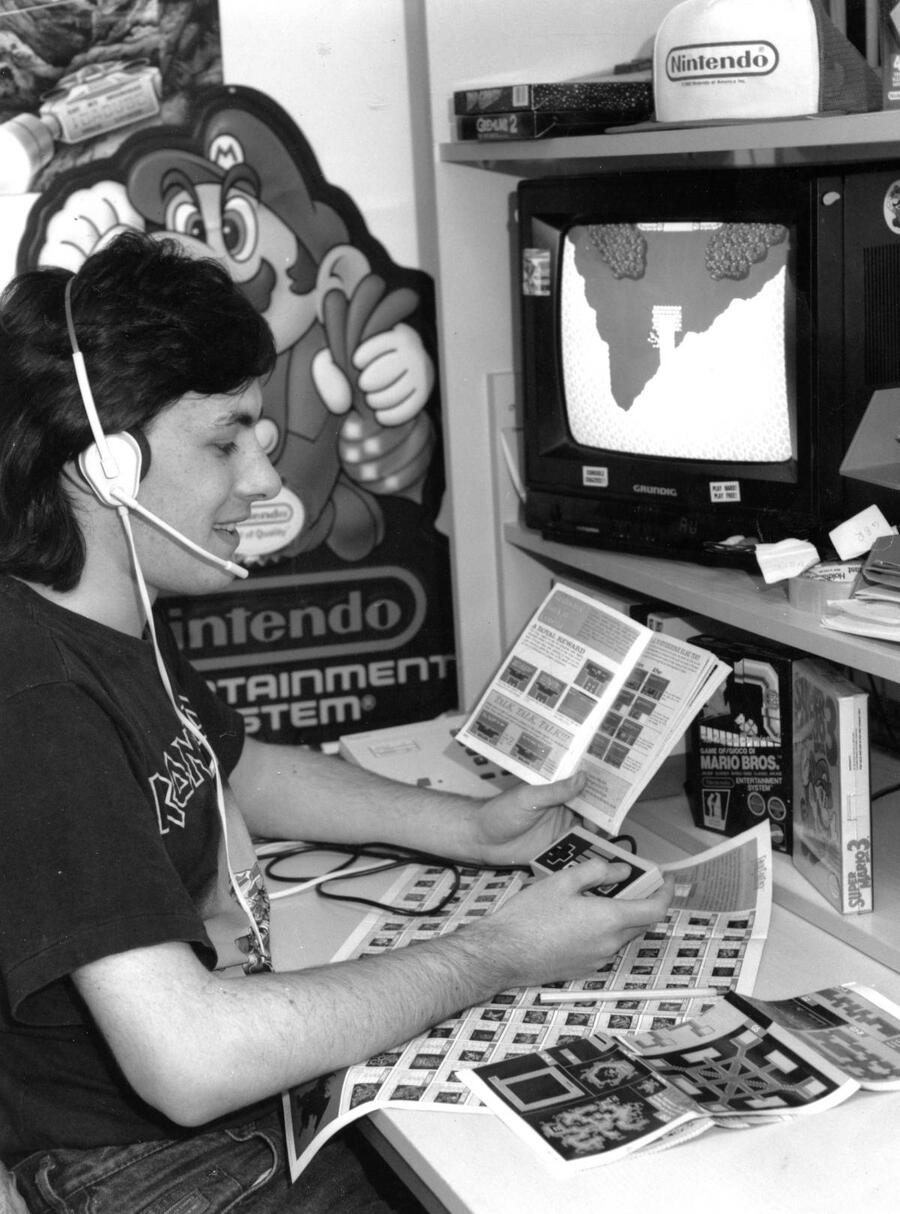
Call of the wild
Our modest call centre was housed within Nintendo’s UK headquarters in Fareham Heights industrial estate, just outside Portsmouth. My rudimentary company workstation consisted of a Nintendo Entertainment System (NES) plugged into a 14-inch CRT television, an old beige telephone (disconnected until training was complete) and an ashtray.
Mike Hayes, then Managing Director of Nintendo UK, recalls how the British incarnation of the Hotline came about. “The UK Hotline was established after it had been a great success in the US. Nintendo believed that having a direct relationship with its users was key – and it was something that SEGA did not have. Ad essere onesti, there was no choice. Serif and then Bandai had the distribution rights for Nintendo in the UK, and we were obliged to set the Hotline up as part of the distribution agreement. Anche, Nintendo was never as strong in the UK as it was in Japan and the US,” he says. “We had to battle against SEGA.”
Despite the success of Nintendo of America’s Hotline there was no guarantee the UK version would take off in the same way. No one was sure if UK gamers would be prepared to pick up a phone and ask for help.
“With any hotline,” says Hayes, “the biggest issue is knowing what the capacity would be and therefore how many lines to have and people to man the phones. The training was easier because the folk we hired were Nintendo enthusiasts.”
Live and kicking
This training consisted of completing the entire NES catalogue, about 100 giochi, in one month. Alcuni, come The Legend of Zelda, Super Mario Bros., Ingranaggio di metallo e Mike Tyson’s Punch Out!! were a joy. Others — like Castlevania, Fester’s Quest or the infuriating Faxanadu — less so. Each Hotliner had their kryptonite, but our strengths and weaknesses had been well curated. Together we crafted maps, guides and walkthroughs for the entire NES catalogue. With no internet – the six of us evolved our own hive mind.
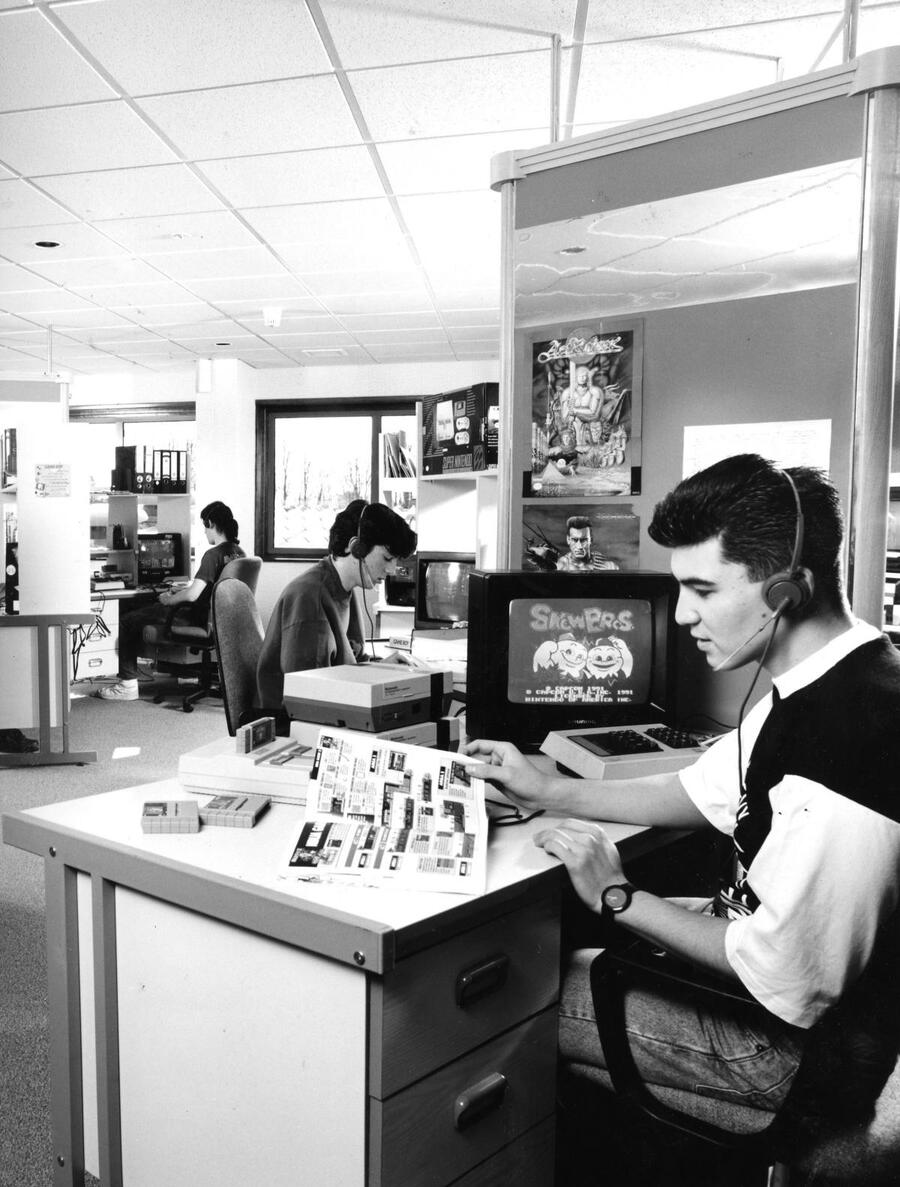
We went live in January 1991. The lines opened at 11am and after ten minutes of nerve-wracking silence a phone rang. Soon another rang – and then mine. I gripped the handset and tentatively greeted my first caller. There was a short conversation that I’ll never forget:
“Nintendo Hotline, Keith speaking, can I help you?"
"CIAO! Bene, er, maybe… this is a bit embarrassing really, there’s a dragon and it’s breathing fire and I can’t get past it and I don’t know what to do.”
"Va bene, Nessun problema. Firstly, what game are you playing? You are playing a game, giusto?"
“Yes – sorry, Super Mario Bros."
Piece of cake I thought – it had to be Fake Bowser on World 1-4. “Shoot him with fire or just sprint underneath him.”
“Er, va bene. Thanks. I’ll give it a try.”
We were up and running. When the lines closed that evening, we’d taken 100 calls between the six of us. It felt like a lot at the time, but we had no idea. We started covering Game Boy titles soon after and by the end of 1991 calls had increased to around 500-per-day. Three more Hotliners were hired and then another three…
Feeling the burn
Super Nintendo launched in the UK in 1992 meaning we had to cover NES, Game Boy and SNES games. Nintendo relocated to a new Southampton office (to the horror of the Portsmouth contingent) and our musty Hotline got a makeover. In came wall posters, modern headsets and a “state of the art” call distribution system that monitored and logged vital statistics. There was nowhere to hide.
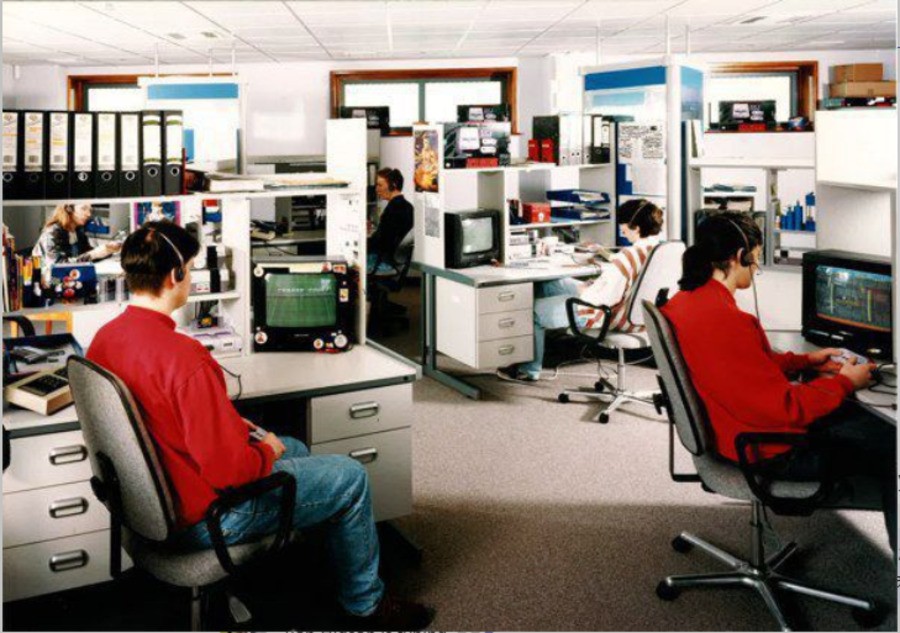
“There was a ‘traffic light’ system on the wall that displayed off/green/amber/red to indicate waiting calls. We had to try and stop it being red,” recalls Ben Gunstone, Hotline supervisor (’92 to ’95). “Call times were based on an average and this was tracked. To ensure getting the call volume answered, we tried for a two-minute average call.”
People lasted about a year before getting burned out… We had no support as it was seen as a “dream job”
But throughout ‘92 and ‘93 those lights were permanently red. Twelve Hotliners were answering around 200 calls per day each. After major game launches, we could easily hit 2500 calls a day in total, but still the lights were red, and that inevitably took its toll.
“People lasted about a year before getting burned out,” laments Gunstone. “The constant demand to answer calls was unrelenting and some people couldn’t deal with it. We had no support as it was seen as a “dream job”. In reality it was hard work (mentally) and we also used to regularly receive abuse calls. I don’t think it helped that we all had to work one weekend day combined with the 11am-8pm working day. Socialising was difficult.”
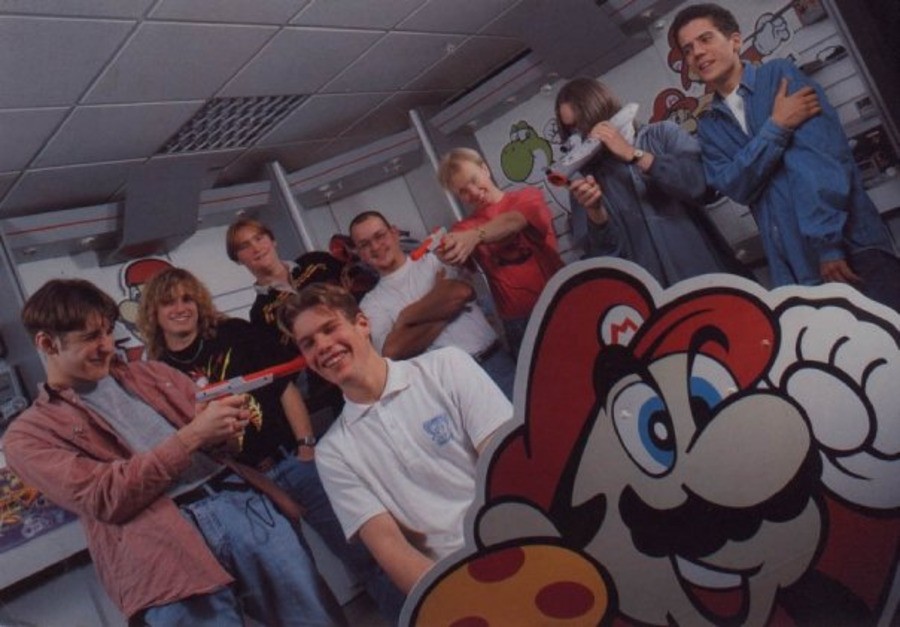
The Super Nintendo era was dominated by Zelda: Un collegamento al passato, Mondo Super Mario e Street Fighter II. Ex-hotliner Dan Carter, (‘91 to ‘93) recalls: “We took Zelda calls on autopilot whilst beating the crap out of each other on Street Fighter 2 Turbo. Sometimes you would unintentionally stop talking if the match got too tense. Eventually you’d hear this voice in your headset asking if anyone was still there.”
Mushroom kingdom
By the time I entered my third year as a Hotliner in 1993, the 16-Bit console war was raging. Mike Hayes remembers a Mail on Sunday article “comparing Nintendo and SEGA to The Beatles versus the Rolling Stones; Coke v Pepsi; Wranglers v Levis. Momenti divertenti!"
At one glitzy Nintendo launch party in London, oblivious to the revellers inside, a colossal Sonic the Hedgehog was projected onto the outside of the building in a particularly audacious show of SEGA guerrilla marketing. By the time a posse had been assembled to confront the perpetrators, they’d gone.
“My oppos at SEGA tried to hijack the launch event for the new SNES/Game Boy ads starring Rik Mayall (God bless his crazy soul),” says Hayes.
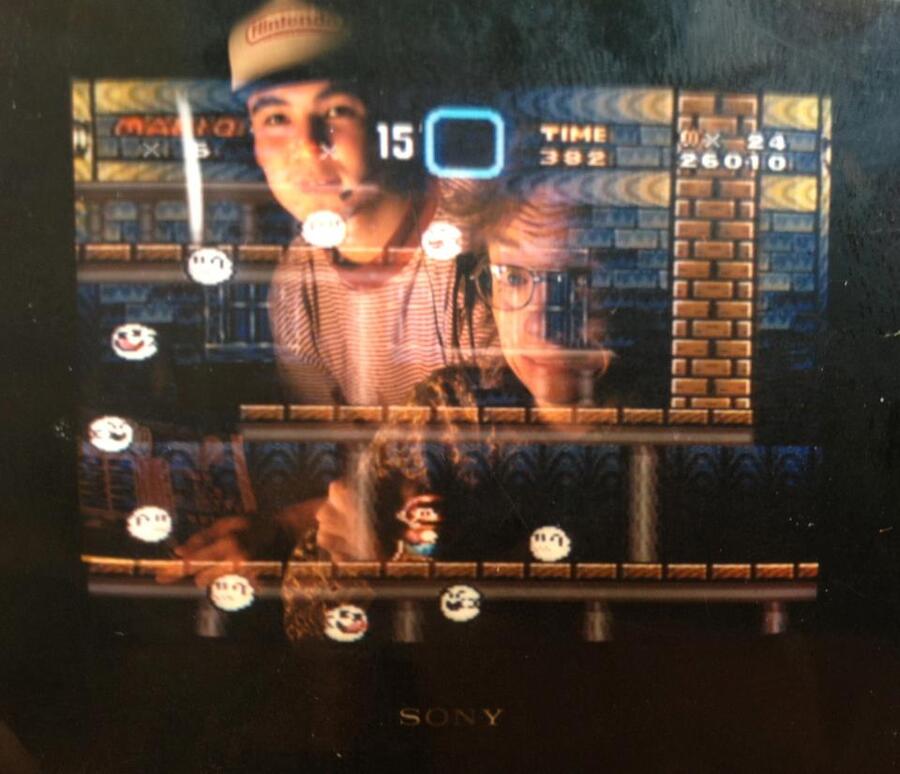
The Hotliners’ gaming prowess meant our skills were in demand: “We went to production studios to record gameplay footage for television adverts,” says Keith Taynton (‘91 to ’93). “I also did stuff for a TV show with Keith Chegwin in it. Can’t remember what it was called…"
We attracted the attention of local and national media — and suddenly our office became a kind of celeb hangout. Craig Charles from Red Dwarf presented a bizarre promotion film where, tra le altre cose, he chats with the Hotliners and then fantasizes about becoming one. Competition winners were given tours of Nintendo HQ, the highlight of which was watching us work.
I ended up commentating on Street Fighter 2 e ActRaiser for Channel 4’s Gamesmaster. I also scripted the Nintendo tips for Sir Patrick Moore’s eponymous character. We knew exactly what games and where people were getting stuck, so the content was always relevant. Most of that segment of the show ended up being about Nintendo games – to the delight of the marketing bods upstairs.
The relationship we had with Nintendo gamers was unique. “Little kids would phone up and ask if they could speak with Mario,” remembers Dan. “There was this wonderful innocence about it, like believing in Santa. We never had the heart to say he wasn’t real, so we’d say that he was busy making a new game and couldn’t come to the phone.”

“One of my regular callers was an elderly lady that needed help with Super Mario World," dice Ben. “She ended up being in the Sun newspaper as the oldest person in the UK to complete the game. She used to ring up and we’d chat for a bit as well. I got the impression she was lonely, and the Hotline was a way to speak to someone.”
Insert coin to continue
Nel mese di luglio 1995, it was game over for the Hotline and Nintendo’s entire UK headquarters. With the boom years of the early ’90s over, Nintendo sold UK distribution rights to Total Home Entertainment, a division of John Menzies. Many of the Hotliners moved on to careers in marketing, public relations, and QA within the games industry. In 2004, Mike Hayes became CEO of SEGA Europe.
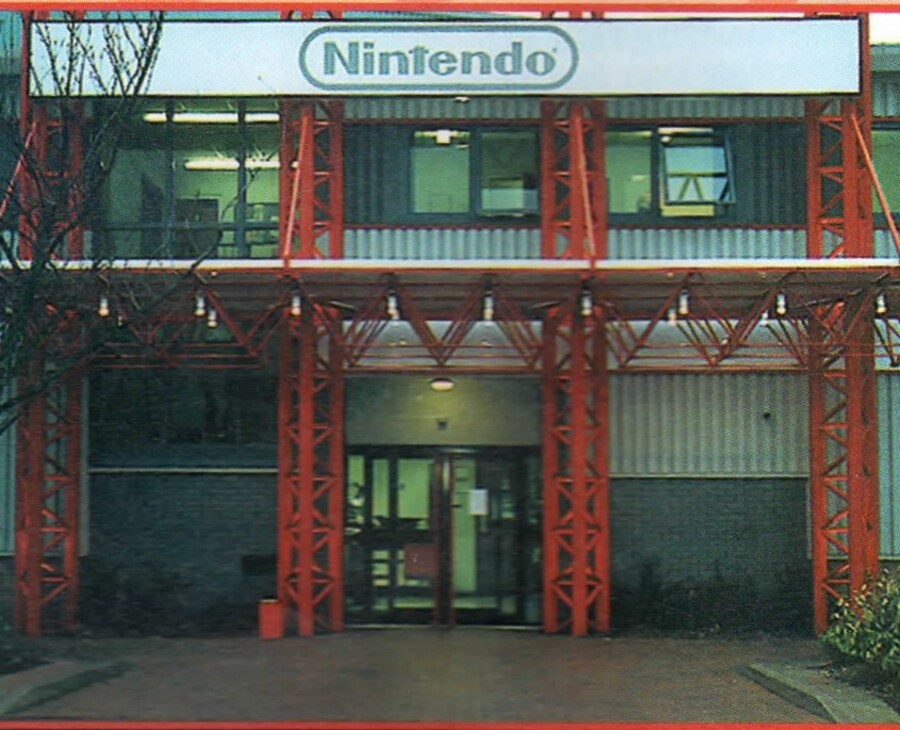
I’ve worked in games ever since, but nowhere has been quite like the Nintendo Hotline. There will always be a camaraderie amongst ex-Hotliners, a sense that we helped Mario make a few new friends: the influencers of our time.











